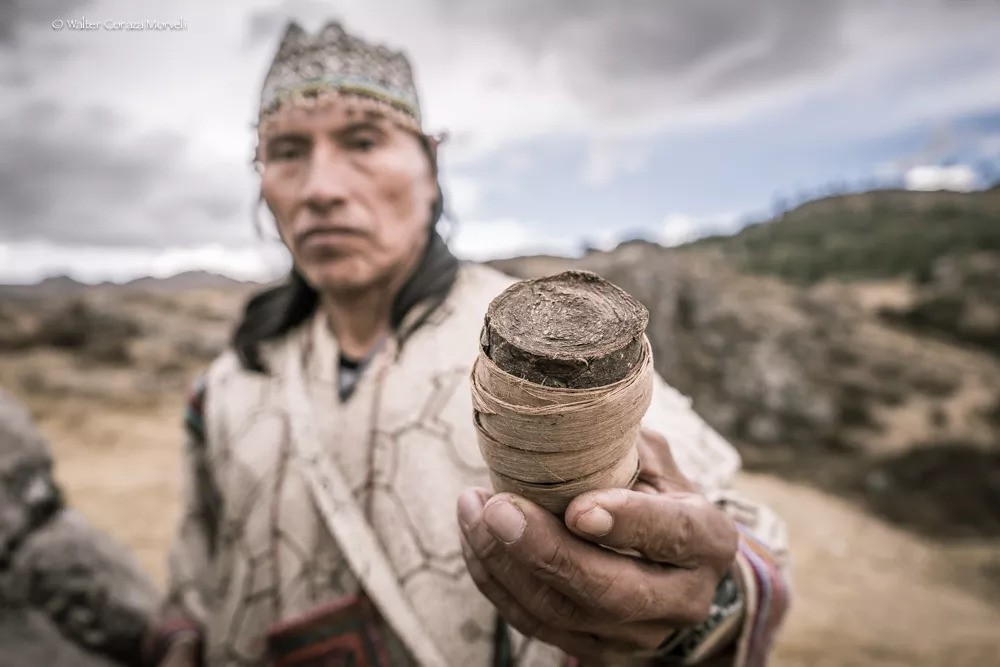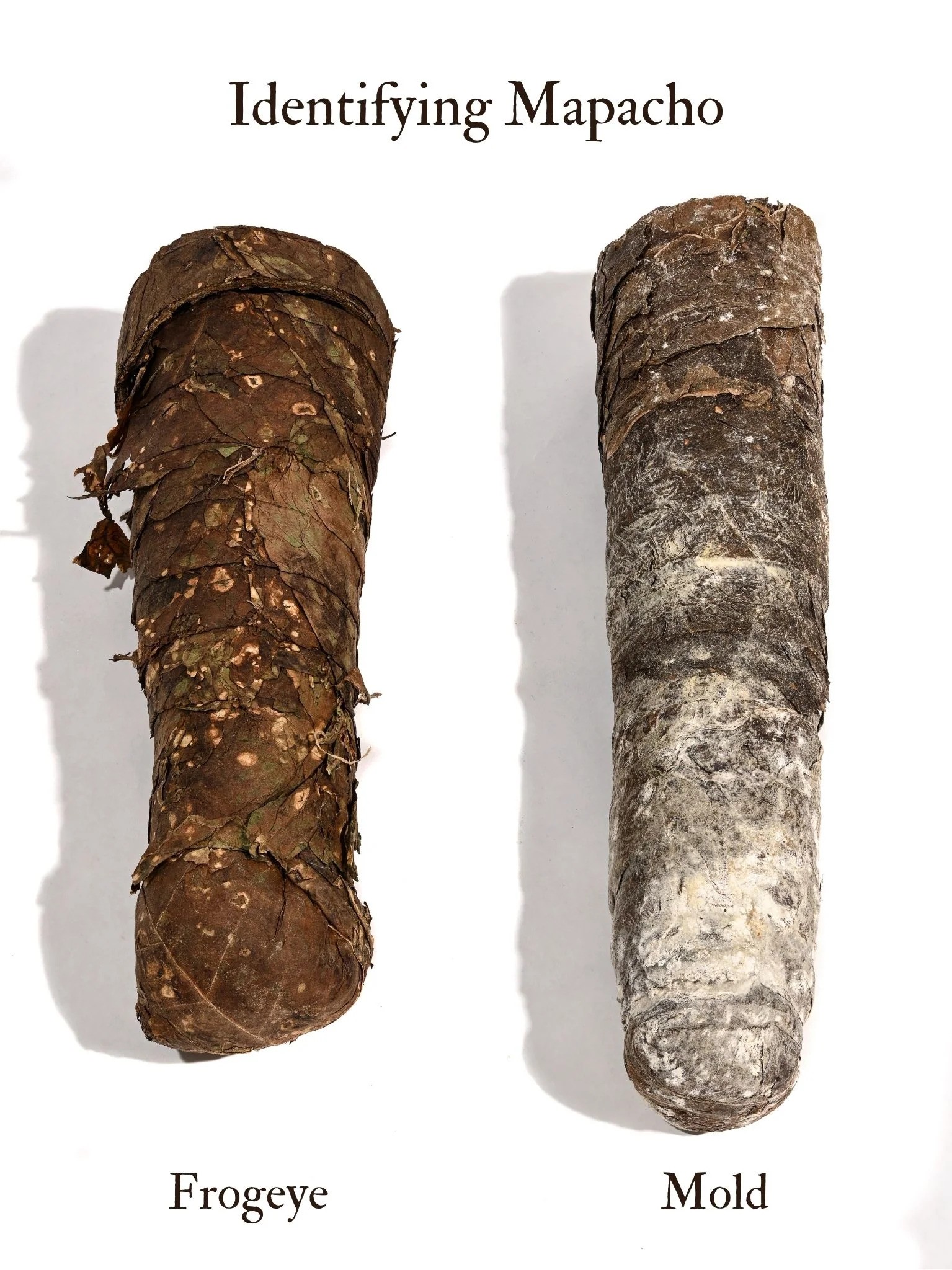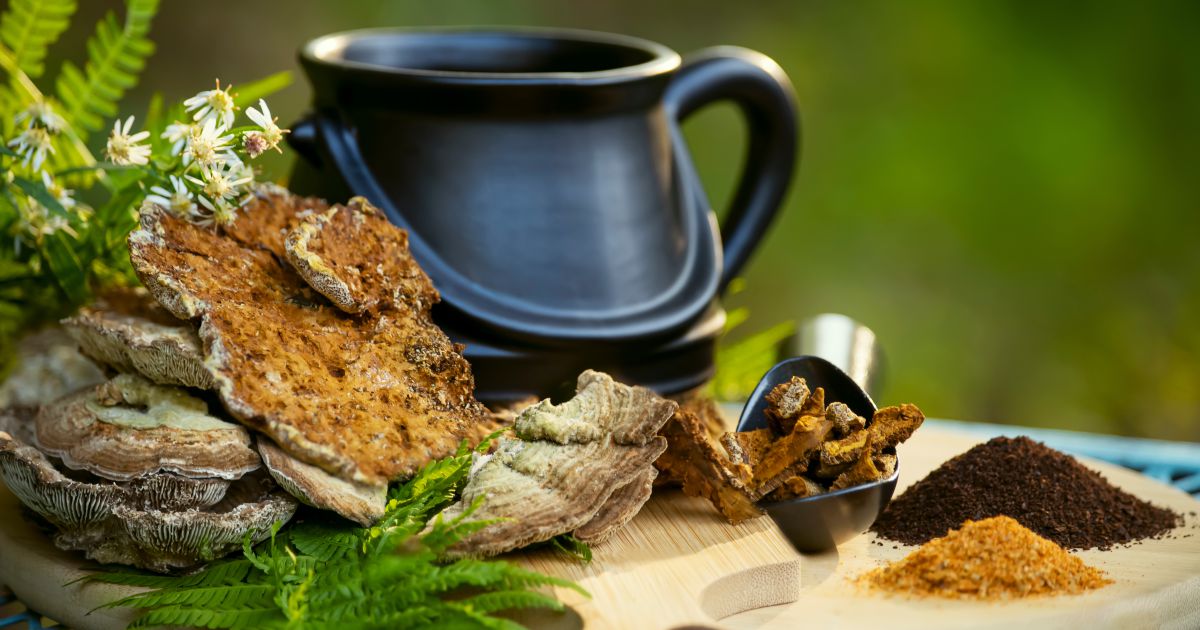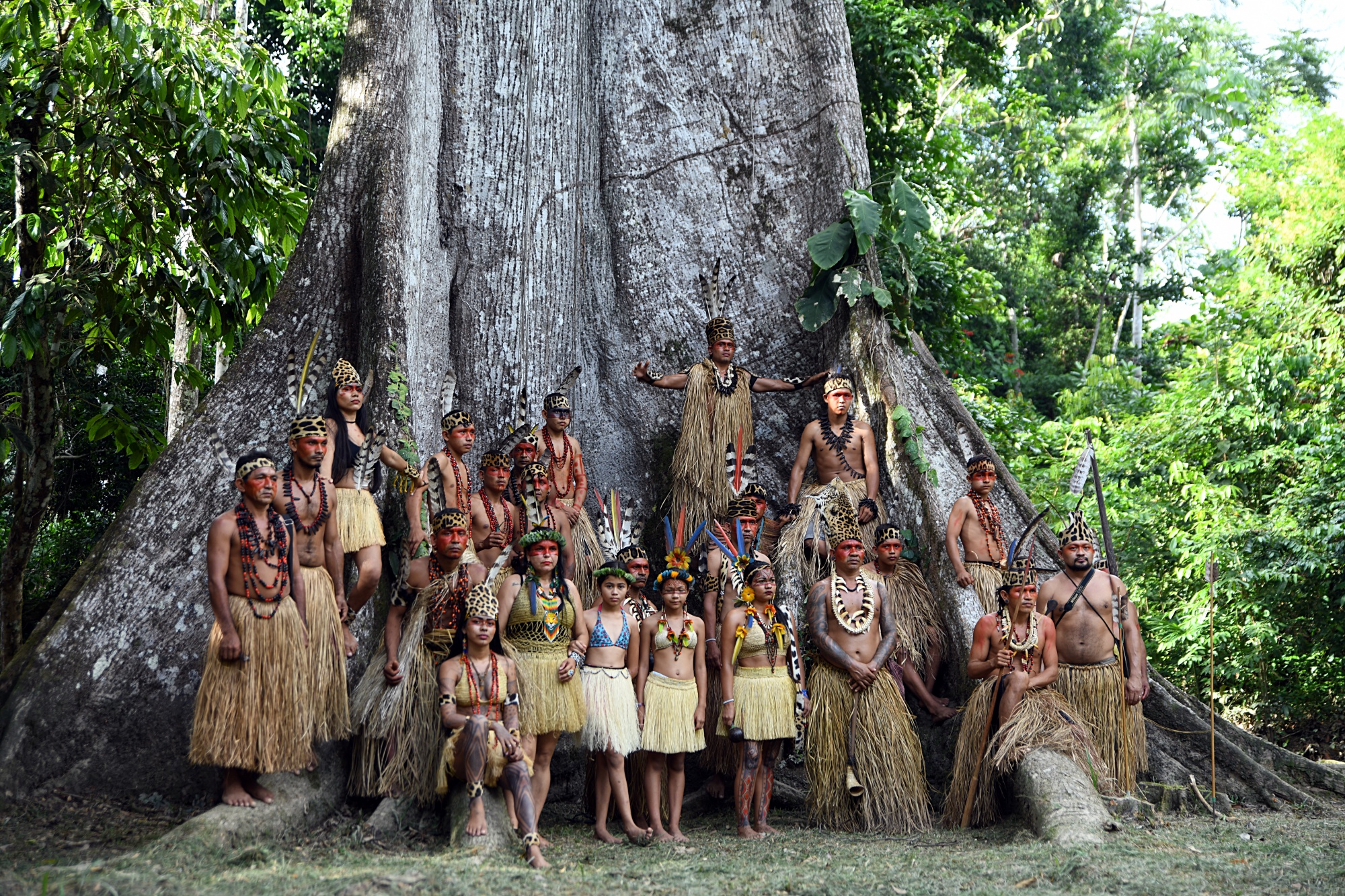
Mapacho: Sacred Tobacco and a Bridge to Spirit
Mapacho, also known as Nicotiana rustica, holds a deeply respected place in Amazonian traditions. Far more potent than the everyday tobacco found in cigarettes, Mapacho has been used for centuries by Indigenous peoples as a spiritual ally, healer, and ceremonial tool.
This sacred tobacco is considered a teacher plant — one that cleanses, protects, and helps deepen one’s connection with the unseen realms. In this guide, you’ll learn about its background, traditional uses, preparation, and best practices for storing and working with it in a respectful way.
What Exactly Is Mapacho?
Mapacho is a wild form of tobacco native to South America, especially thriving in the Amazon and Andes. Compared to the commercial variety (Nicotiana tabacum), Mapacho contains much higher levels of nicotine, making it stronger in both physical and energetic impact.
It is typically fermented and rolled into dense, compact shapes (often called “logs” or masos), or sliced into smaller pieces known as "coins." Its signature earthy, rich scent is reminiscent of the rainforest floor — deep, grounding, and ancient.
Mapacho as a Sacred Ally
Used by generations of shamans and healers, Mapacho is not just a plant — it is a conscious being that participates in ceremony. It’s seen as a protector, a purifier of energy, and a conduit for prayer.
In Amazonian rituals, Mapacho smoke is intentionally used to cleanse energy fields, guide spirits, and protect ceremonial space. It’s often blown over people, objects, or altars in a practice known as soplada.
The Ritual of Soplada
The word soplada comes from Spanish and means “to blow.” In Amazonian healing work, a practitioner blows Mapacho smoke with intention to shift energy, remove spiritual blockages, and create a protective field. This act is both energetic and symbolic — invoking the spirit of the plant and channeling its force with purpose and reverence.
Sopladas can also be used to activate medicines, bless sacred tools, and seal ceremonies.
Working Alongside Ayahuasca
Mapacho is frequently used in tandem with Ayahuasca during ceremonies. While Ayahuasca opens the visionary world, Mapacho acts as an anchor — grounding the body and offering energetic protection. Before, during, and after ceremony, it helps maintain focus and shields the space from disruptive influences.
Traditional and Ceremonial Use
Indigenous traditions integrate Mapacho into various spiritual practices — from initiations to plant dietas (sacred learning journeys with teacher plants). The smoke may be offered to the four directions, used to bless medicine, or gently inhaled to deepen meditation.
Simply preparing Mapacho for use can become a ceremony of its own — a moment of mindful connection, gratitude, and grounding.
How to Prepare Mapacho
-
Create Space: Before handling the plant, take a breath and center your mind.
-
Cutting: Slice a thin coin-shaped piece from the Mapacho log.
-
Loosening: Unravel it gently with your fingers. Shred or cut further if needed for pipe use.
-
Moisture Check: If it’s too wet, let it air-dry to a springy texture. If too dry, place it in a sealed container with a damp paper towel overnight (keep the towel separate from the tobacco).
-
Use: You can smoke it in a pipe, roll it, or use it in cleansing rituals.
How to Store Mapacho Properly
-
Short-Term: Wrap unused logs tightly and refrigerate.
-
Long-Term: For extended storage, freeze the logs to prevent mold and retain strength.
-
Loose Shreds: Keep in airtight jars away from sunlight. Inspect regularly.
-
Best Practice: Use a vacuum sealer to maintain freshness, reduce oxidation, and prevent mold over time.
Mold vs. Frogeye — What’s the Difference?
-
Mold appears as fuzzy white, green, or dark spots and usually has a damp, musty smell. It should be discarded.
-
Frogeye is a harmless natural marking — flat, pale, dry, and without odor — often found in tobacco grown in humid climates.
When unsure, check the texture and scent. Mold is moist and invasive, while frogeye is stable and superficial.

Mapacho with Integrity
When sourcing Mapacho, choose options that are harvested and prepared with respect. Some trusted sellers work directly with Indigenous communities to ensure the plant’s spirit and tradition are honored.
For ceremonial use, you may find whole logs or pre-cut slices. Each batch should be treated with care — both in how it's stored and how it's offered.
Optional Tools: Ceremonial Pipes
Using a handcrafted pipe dedicated to your Mapacho work can enhance your ritual. These tools are often made with intention and can become sacred extensions of your practice.
Closing Reflections
Mapacho is more than just a plant — it is a bridge to the spiritual realms, a protector of sacred spaces, and a guide on the journey of healing and self-discovery.
Approach this plant ally with humility, clarity, and gratitude. In doing so, you honor not only the traditions it comes from, but also the deeper aspects of yourself it may help awaken.
Disclaimer:
This guide is for educational purposes only. It is not intended to diagnose, treat, or replace professional spiritual or medical advice. Use all herbal products responsibly and with discernment.
The Yawanawa Tribe
Since time immemorial Yawanawa people have lived in harmony with nature on the banks of the Gregorio river in the Amazonian region that concentrates the greatest biodiversity on the planet. In this...
Chaga Siberian, Chaga - the strongest natural antioxidant in the world
Content of the article
1. What is chaga? What does this miracle mushroom bring?
2. What is chaga used for?
3. For what problems is it appropriate to reach for chaga?
4. What spectrum of vitamins does...
The Nukini tribe Brasil
The Nukini are part of the Pano-speaking indigenous groups residing in the Juruá Valley. They share not only similar cultural traditions and worldviews but also a tragic history marked by displacem...
The Shawãdawa (Arara) tribe
‘Shawa’ means the red parrot Ara and ‘dawa’ means family. Around 1940 the tribe was thought to have died out. In the 1970s, the government tried hard to reach out to them because a highway was bein...






